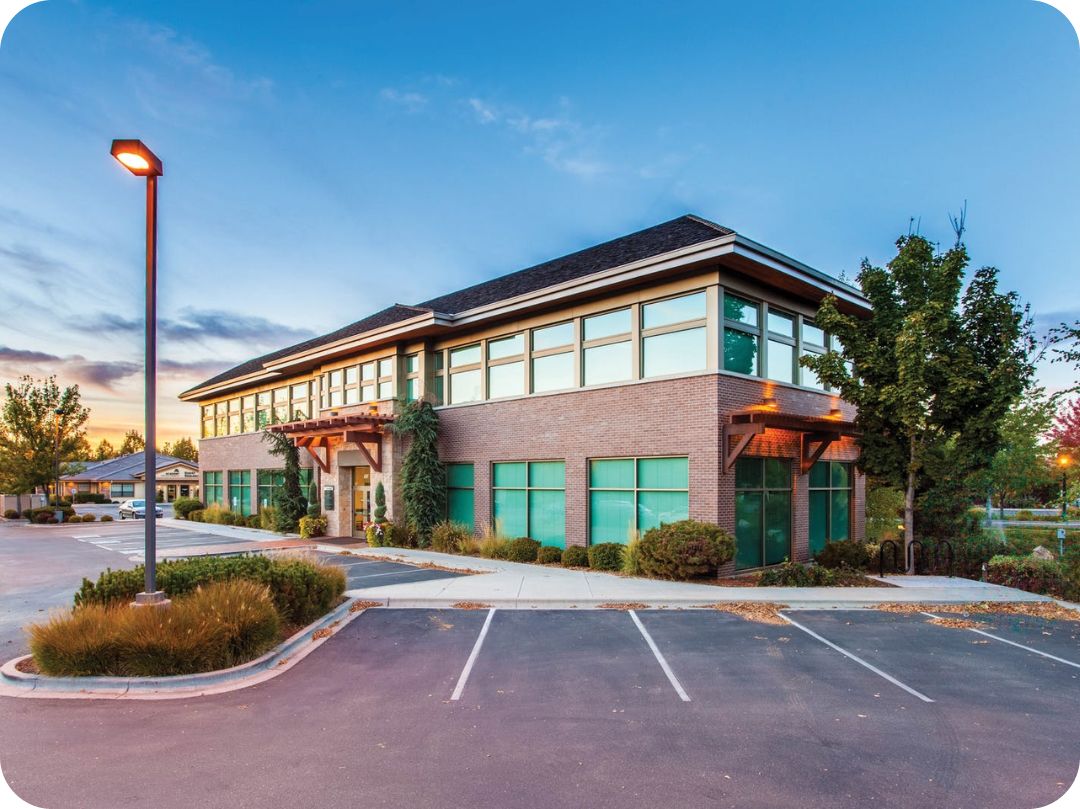Mastering Real Estate Photo Editing: Overcoming Top 10 Challenges
In the place of real estate advertising and marketing, charming visuals are paramount. High-quality pics could make all the distinction in attracting capability customers or tenants. However, reaching lovely real estate photography frequently includes overcoming numerous stressful conditions at a few stage in the editing method. In this complete manual, we are able to explore the top 10 challenges faced when real estate photo editing and provide particular strategies to understand them effectively.
Mastering Real Estate Photo Editing
I. Lighting Challenges:
Lighting is a cornerstone of photography, and in real estate photography, it is able to be mainly hard due to various herbal and artificial mild sources. The dynamic variety of moderate property can bring about overexposed home windows, underexposed interiors, or unevenly lit rooms. To address those worrying conditions, photographers hire techniques which include bracketing, wherein more than one photographs are taken at extremely good exposures and then combined collectively inside the direction of editing to create a well-uncovered final photo.
Additionally, High Dynamic Range (HDR) imaging may be applied to seize a broader variety of light and shadow info in a single shot. In put up-processing, software program equipment like Adobe Lightroom offer a number of modifications to balance publicity, enhance shadows, and get better highlight records, allowing photographers to acquire most appropriate lights conditions in their real estate images.

II. Color Correction Issues:
Real estate houses come in a whole lot of colorings and styles, but correctly representing these shades in pics may be tough because of elements together with exceptional mild temperatures or color casts from interior décor. Color correction is vital in real estate photo editing to ensure that the pictures faithfully constitute the property authentic hues. Tools like white balance adjustments and selective color editing can assist neutralize coloration casts and obtain herbal-looking shade tones. Advanced editing software program also provides equipment for satisfactory-tuning shade saturation, vibrancies, and hue, permitting photographers to beautify and accurate colors with precision.
III. Perspective Distortion:
Wide-angle lenses are commonly used in real estate photography to capture the full breadth of interior spaces. However, they can introduce perspective distortion, resulting in skewed lines and unnatural proportions in the final images. Correcting perspective distortion is essential for presenting the property accurately and professionally. Editing software offers lens correction tools that can rectify both vertical and horizontal distortion, ensuring that lines appear straight and architectural features retain their proper proportions. By mastering these tools, photographers can maintain realistic perspectives in their real estate photos, enhancing the overall visual appeal and professionalism of their work.
IV. Object Removal and Replacement:
Real estate photos need to showcase properties in their best light, which often requires unwanted objects removal or replacing or distractions from the scene. Common challenges include removing clutter, outdated furniture, or unsightly elements that detract from the property’s appeal. Advanced editing techniques such as cloning, healing, and content-aware fill can be employed to seamlessly remove unwanted objects while preserving the integrity of the image. In cases where objects need to be added or replaced, virtual staging techniques can be used to digitally furnish empty rooms or update outdated décor, giving potential buyers a clear vision of the property’s potential.
V. Exterior Enhancements:
The exterior of a property is the first thing potential buyers or tenants see, making it essential to create visually appealing exterior photos. However, outdoor environments can present challenges such as dull skies, patchy lawns, or distracting elements in the surroundings. To overcome these challenges, photographers employ advanced editing techniques such as sky replacement to enhance the sky’s appearance, lawn enhancement to create lush and inviting outdoor spaces, and selective editing to remove or minimize distractions. By mastering these techniques, photographers can create striking exterior photos that capture viewers’ attention and convey the property’s curb appeal effectively.
VI. Interior Enhancements:

Interior spaces should be presented in a way that highlights their features and potential, but challenges such as uneven lighting, cluttered interiors, or outdated décor can hinder the visual appeal of real estate photos. Mastering interior enhancements involves adjusting lighting, decluttering spaces, and updating décor digitally to create inviting and aspirational interiors. Virtual staging techniques can be employed to furnish empty rooms or update outdated furniture, allowing potential buyers to visualize themselves living in the space. By enhancing the interior of a property, photographers can create compelling images that resonate with viewers and showcase the property’s full potential.
VII. Time Management:
In the fast-paced world of real estate photography, efficient time management is essential for meeting client deadlines and delivering high-quality photos promptly. Managing multiple projects simultaneously while ensuring attention to detail requires effective time management strategies. Establishing a streamlined editing workflow, prioritizing tasks based on client requirements, and leveraging automation tools can help photographers optimize their time and productivity. Additionally, outsourcing non-creative tasks such as color correction or image retouching can free up time for photographers to focus on creative aspects of their work, ultimately improving efficiency and client satisfaction.
VIII. Client Communication:
Clear and effective communication with clients is key to understanding their preferences, expectations, and specific requirements for real estate photos. Building strong relationships with clients involves active listening, seeking regular feedback, and providing transparent updates on the project’s progress. By maintaining open lines of communication throughout the editing process, photographers can ensure that their clients’ needs are met and expectations are exceeded, ultimately fostering trust and long-term partnerships.
IX. Quality Control:
Maintaining consistent quality across all edited real estate photos is crucial for building a professional reputation and meeting client expectations. Thorough quality control involves performing detailed checks on each photo before delivery, ensuring that they meet high standards of excellence in terms of composition, lighting, color accuracy, and overall presentation. Paying attention to detail and addressing any discrepancies or inconsistencies promptly can help photographers deliver flawless real estate photos that showcase the property in the best possible light.
X. Continuous Learning and Improvement:
The field of real estate photography is constantly evolving, with new technologies, techniques, and trends emerging regularly. To stay ahead in this competitive industry, photographers must commit to continuous learning and improvement. Investing in ongoing education, experimenting with new editing techniques, and seeking feedback from peers or mentors can help photographers expand their skills and stay abreast of industry developments. By embracing a growth mindset and actively pursuing opportunities for learning and improvement, photographers can elevate their real estate photo editing skills and maintain a competitive edge in the market.
Conclusion:

Editing real estate photos is a multifaceted process that involves overcoming various challenges to create visually stunning images that effectively showcase properties to potential buyers or tenants. From mastering lighting and color correction to addressing perspective distortion and enhancing interior and exterior spaces, photographers face a range of challenges during the editing process. However, by employing advanced editing techniques, leveraging software tools effectively, and adopting efficient workflow practices, photographers can overcome these challenges and deliver high-quality real estate photos that leave a lasting impression. With a commitment to excellence, continuous learning, and effective client communication, photographers can elevate their real estate photo editing skills and achieve success in this competitive industry.
